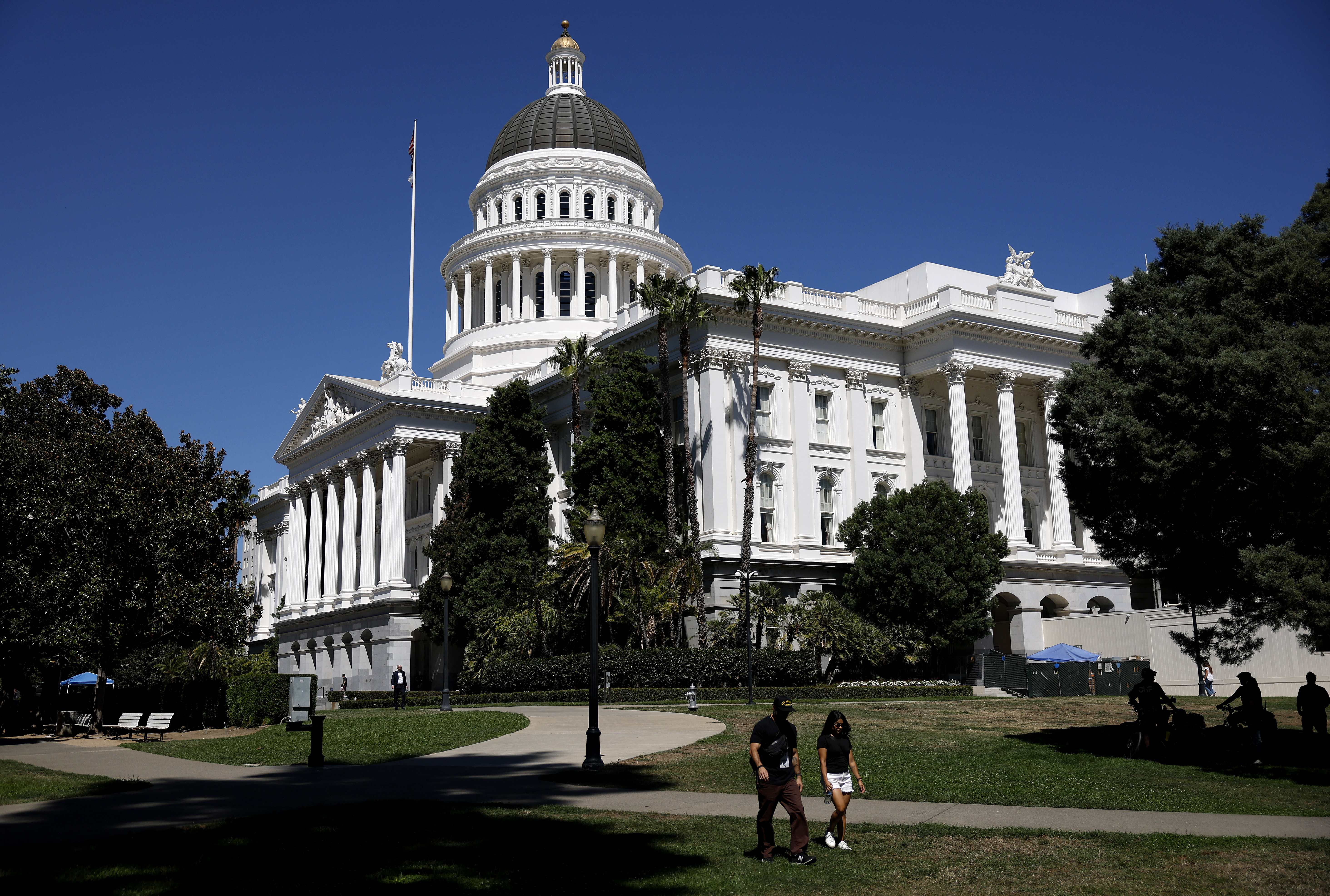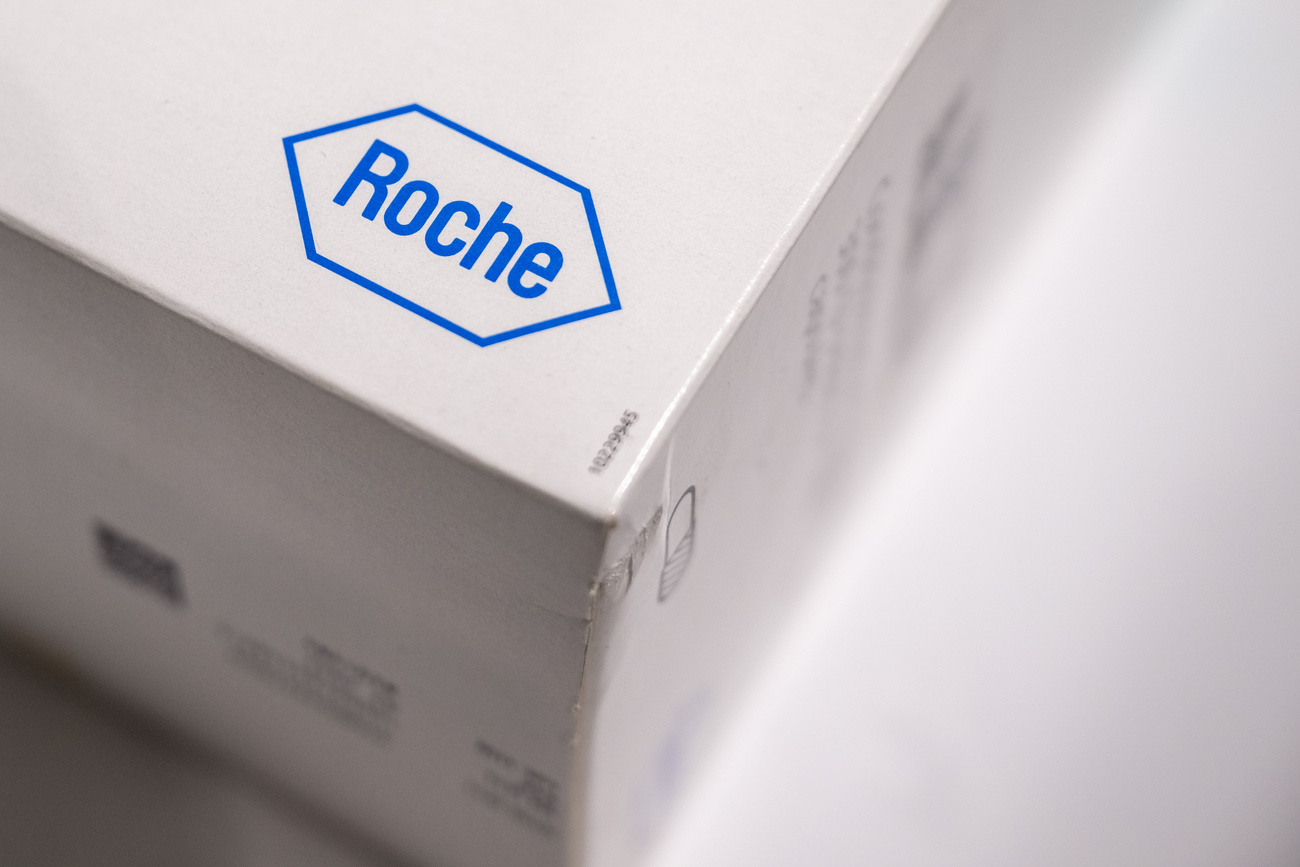
S&P 500 Flashes Signs of Fatigue as Gold Tumbles: Markets Wrap
(Bloomberg) — A rally that put stocks on the brink of all-time highs wavered as calls for a breather surfaced amid signs of buyer exhaustion. Gold and silver saw steep losses as the dollar rose.
Equities struggled to gain traction, with the S&P 500 closing little changed. Despite recent de-risking amid concerns over trade and credit, stock exposure among global macro hedge funds and long-only strategies remain at the highest in over a year, according to Barclays Plc.
“Our near-term technical outlook is for equities to consolidate/pull back over the next few weeks,” said Craig Johnson at Piper Sandler. “We view pullbacks as healthy and necessary.”
While the US government shutdown has caused an economic data vacuum, drawdowns in equities have been short-lived as investors see them as opportunities to add risk to their portfolios.
“The path of least resistance continues to lead to the upside, and dips remain buying opportunities,” said Michael Brown at Pepperstone Group Ltd.
The Dow Jones Industrial Average hit a record amid a bullish outlook from 3M Co. Meantime, Alphabet Inc. sank as OpenAI took on Google with an AI-Powered ChatGPT browser. In late hours, Netflix Inc. said a tax dispute with Brazil cut into earnings. Texas Instruments Inc. gave a tepid forecast.
Treasury 10-year yields fell two basis points to 3.96%. Bitcoin bounced. Gold and silver saw the biggest rout in years as investors locked in profits on concern that the recent historic rally in the precious metals left them overvalued.
A confluence of factors dragged down the precious metals, including positive trade talks between China and the US, a stronger dollar, overstretched technicals, and uncertainty on investor positioning due to the US government shutdown and end of a seasonal buying spree in India.
Gold’s rally in recent months has been nothing short of extraordinary, fueled by falling yields, persistent central bank buying, and expectations of further monetary easing, according to Fawad Razaqzada at City Index and Forex.com.
“Markets rarely move in straight lines,” he said. “But it is far too early to suggest that the broader bull trend has ended. While corrections are natural, it is worth pointing out that many investors missed out on the big rally. Soon, they may step in to buy the dip, which should keep the selloff contained.”
Matt Maley at Miller Tabak says he’ll be watching the recent lows for precious metals for signs they will see something more than just a hiccup over the near-term.
“Experience tells us that when you start to see wild swings in an asset after a very large rally it tends to signal that it’s getting ready for material pullback,” Maley said. “It does not necessarily signal the end of the bull market in that asset. However, these kinds of wild moves after very strong rallies can create some fear among investors and traders.”
Gold, the traditional safe haven for equity investors, is the most volatile it’s been against the S&P 500 since the pandemic.
The spread between 30-day gold volatility and the US equity benchmark has surpassed 11 points — the only other time in the past 10 years when the gap was wider than where it is now was in September 2020.
PineBridge Investments has sharply dialed up exposure to gold at the expense of long-dated government bonds, and has also boosted dollar holdings on a view the greenback will benefit from flows to stocks and stablecoins.
“There’s one safety asset left standing and it’s called gold,” PineBridge’s Michael Kelly said, adding that government bonds can no longer be relied on to “zig when stocks and risk assets zag.”
The S&P 500 remains close to its all-time highs after the White House indicated trade talks with China were on track and strong earnings from several regional banks eased credit worries in the sector.
A string of losses at regional banks tied to alleged fraud were isolated incidents, but should be viewed as a reminder to be vigilant about underwriting standards, Goldman Sachs Group Inc. Chief Executive Officer David Solomon said.
“It is interesting that we’ve had three events that on the face seem to be three idiosyncratic events,” Solomon told CNBC. “Three idiosyncratic events does not make a trend or a systemic issue by any stretch.”
While the S&P 500 has defied virtually every warning in the past six months, clocking one of the best stretches since the 1950s, this October gap indicates some investors have been covering their shorts ahead of the Federal Reserve’s next rate decision on Oct. 29.
“October has, so far, lived up to its spooky season moniker,” said Victoria Greene at G Squared Private Wealth. “Yet equities continue to be resilient in the face of an unending stream of bad news.”
Greene says more volatility should be expected, mostly because we are exiting a period of historically low volatility.
“It really has no place to go but up. So, while consternation on bad headlines and high valuations isn’t irrational, we feel this bull market will continue to successfully climb this wall of worry to end the year on a positive note,” she concluded.
November and December historically favor equities, particularly technology — and this remains a tech-led rally, noted Joe Tigay at the Rational Equity Armor Fund.
“We may grind through more volatility before Halloween, but the setup for year-end looks constructive,” he said.
Meantime, falling oil prices may drive benchmark Treasury yields back to levels last seen more than a year ago, according to Wall Street research veteran Ed Yardeni.
Yields on 10-year Treasuries could hit 3.75% if the oil price continues to slide and the Fed lowers interest rates next week, said the strategist. His argument is based on the long-run correlation of the two asset classes, which are linked through oil’s impact on inflation.
“A growing glut of oil and fear of a global economic slowdown have pushed US West Texas Intermediate crude prices to their lowest point since fuel markets were rebounding from the Covid crash,” Yardeni Research wrote. “That will help push headline consumer inflation rates down and boost consumers’ purchasing power.”
Corporate Highlights:
Mattel Inc. reported third-quarter sales and earnings that fell short of analysts’ estimates as US retailers delayed orders due to uncertainty over tariff policies. General Motors Co. raised its full-year outlook, buoyed by better-than-expected pickup truck sales and fresh relief from the Trump administration’s tariffs on auto parts. Coca-Cola Co. posted third-quarter sales growth that beat Wall Street expectations — a sign that consumers are snapping up the company’s beverages despite higher prices. General Electric Co. raised its full-year outlook for a second consecutive quarter as the jet-engine manufacturer cashes in on strong air-travel demand. RTX Corp. raised its full-year profit outlook and reported third-quarter earnings that topped Wall Street expectations as sales and profit rose across its commercial aerospace and military hardware businesses. Northrop Grumman Corp. raised its earnings forecast for the year after its third-quarter profit handily beat analysts’ estimates as work accelerates on its Sentinel missile program. Zions Bancorp said its profit topped estimates despite a $50 million loss from an alleged fraud, helping reassure investors who’d feared the credit markets might be harboring some deeper pain. Apple Inc.’s effort to reinvent the iPad by adding a giant foldable screen has hit development hurdles, potentially delaying the planned launch. Warner Bros. Discovery Inc. said it’s considering a possible sale after receiving unsolicited interest from multiple parties. Netflix Inc. and Comcast Corp. are among the companies weighing bids for parts of the media and entertainment company, according to people with knowledge of the matter. Beyond Meat Inc., the maker of plant-based burgers and sausages, announced increased availability of its products at Walmart’s Inc.’s stores. Activist investor Jana Partners has teamed up with co-investors including Travis Kelce to push for changes at Six Flags Entertainment Corp., including monetizing underperforming parks or considering an outright sale. Philip Morris International Inc. lowered its estimate for growth in operating income this year because of higher investments in the US, where it’s rolling out its Zyn nicotine pouches. Airbnb Inc. Chief Executive Officer Brian Chesky said he didn’t integrate his company’s online travel app with OpenAI’s ChatGPT because the startup’s connective tools aren’t “quite ready” yet. UnitedHealth Group Inc. is testing a new system to streamline how medical claims are processed, an early example of what the company says is the potential for artificial intelligence to smooth out friction in billing. Cargill Inc.’s profit surged 86% in the first quarter as the largest private company in the US benefited from President Donald Trump’s tax bill and better performance in all its business segments. Citigroup Inc., Barclays Plc, Bank of America Corp. and RBC Capital Markets are among banks providing $12.25 billion of debt financing to support Blackstone Inc. and TPG Inc.’s acquisition of medical device-maker Hologic Inc., according to people with knowledge of the matter. CoreWeave Inc. won’t increase its $9 billion offer for data center provider Core Scientific Inc., despite opposition to the deal from major shareholders. Elevance Health Inc. earnings beat Wall Street expectations, and the company affirmed its outlook for 2025, though it issued a note of caution that it still has a lot of work to do to make its way out of a historic meltdown that’s hit US insurers this year. National Fuel Gas Company of Western New York agreed to buy CenterPoint Energy Inc.’s Ohio natural gas utility to for $2.6 billion. BNP Paribas SA reiterated its view that a recent court ruling, which had led to a stock price plunge, doesn’t apply to other cases, in an effort to contain legal uncertainty. Novo Nordisk A/S Chairman Helge Lund is stepping down after a boardroom dispute over the pace of change and will be replaced by Lars Rebien Sorensen, a previous leader of the Danish drugmaker who now heads its biggest shareholder. Adidas AG lifted its earnings forecast for the year amid robust demand for retro sneakers like the Gazelle and efforts to mitigate the impact of US tariffs. L’Oréal SA posted disappointing sales growth last quarter as weakness in the US outweighed signs of improvement in China. Will we see more convergence between gaming and finance in the future? Let us know in the latest Markets Pulse survey.
Some of the main moves in markets:
Stocks
The S&P 500 was little changed as of 4 p.m. New York time The Nasdaq 100 was little changed The Dow Jones Industrial Average rose 0.5% The MSCI World Index was little changed Bloomberg Magnificent 7 Total Return Index fell 0.3% The Russell 2000 Index fell 0.5% Currencies
The Bloomberg Dollar Spot Index rose 0.3% The euro fell 0.4% to $1.1601 The British pound fell 0.2% to $1.3372 The Japanese yen fell 0.8% to 151.92 per dollar Cryptocurrencies
Bitcoin rose 0.6% to $111,839.73 Ether was little changed at $4,000.67 Bonds
The yield on 10-year Treasuries declined two basis points to 3.96% Germany’s 10-year yield declined two basis points to 2.55% Britain’s 10-year yield declined three basis points to 4.48% The yield on 2-year Treasuries was little changed at 3.45% The yield on 30-year Treasuries declined three basis points to 4.54% Commodities
West Texas Intermediate crude rose 0.5% to $57.82 a barrel Spot gold fell 5.7% to $4,107.68 an ounce ©2025 Bloomberg L.P.



























